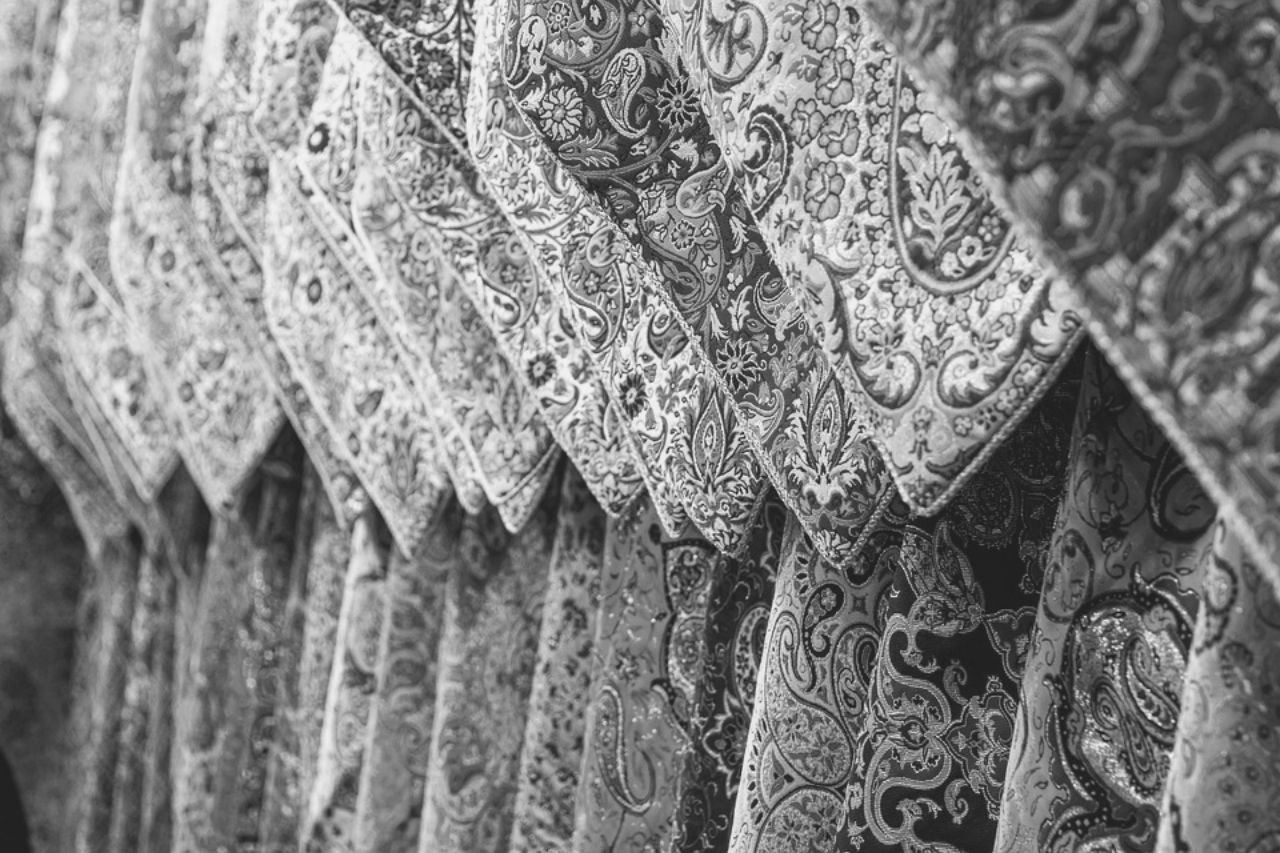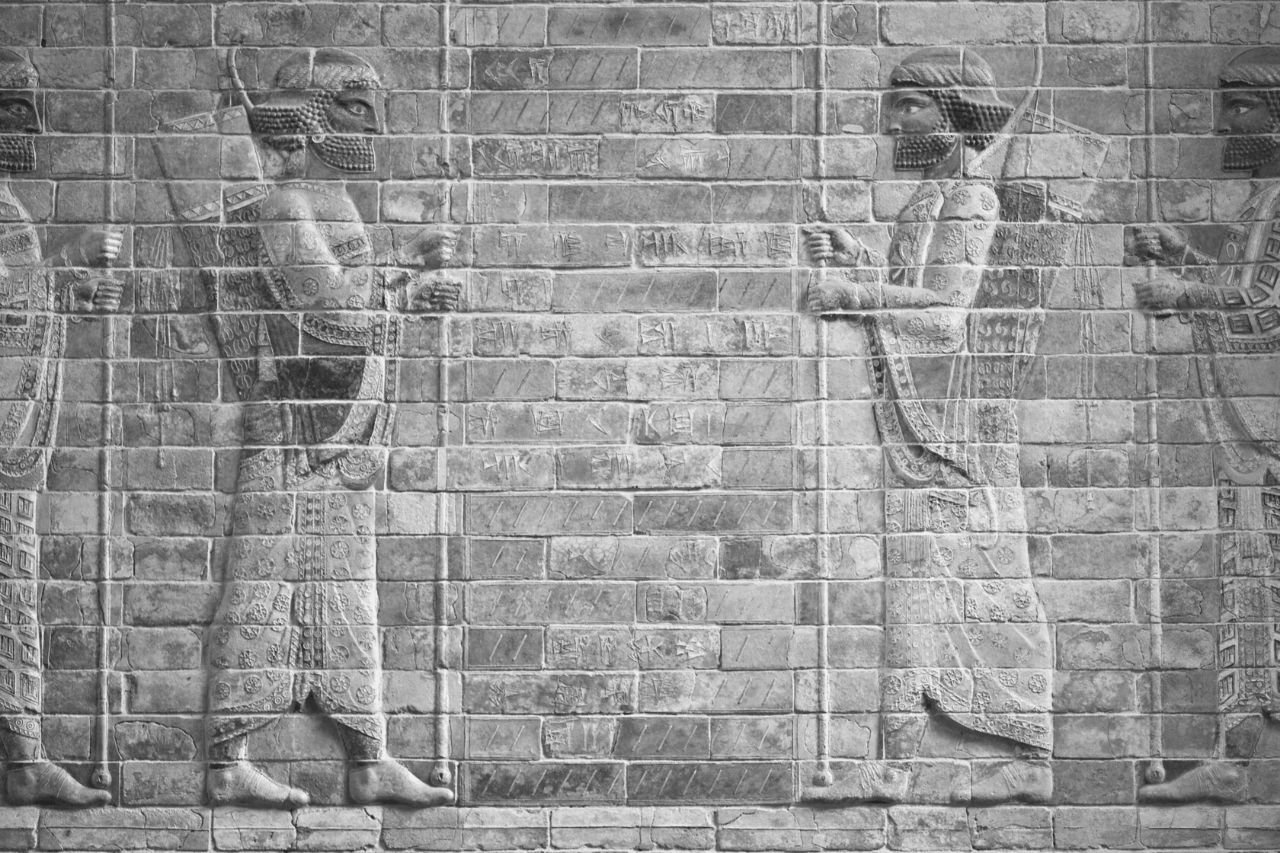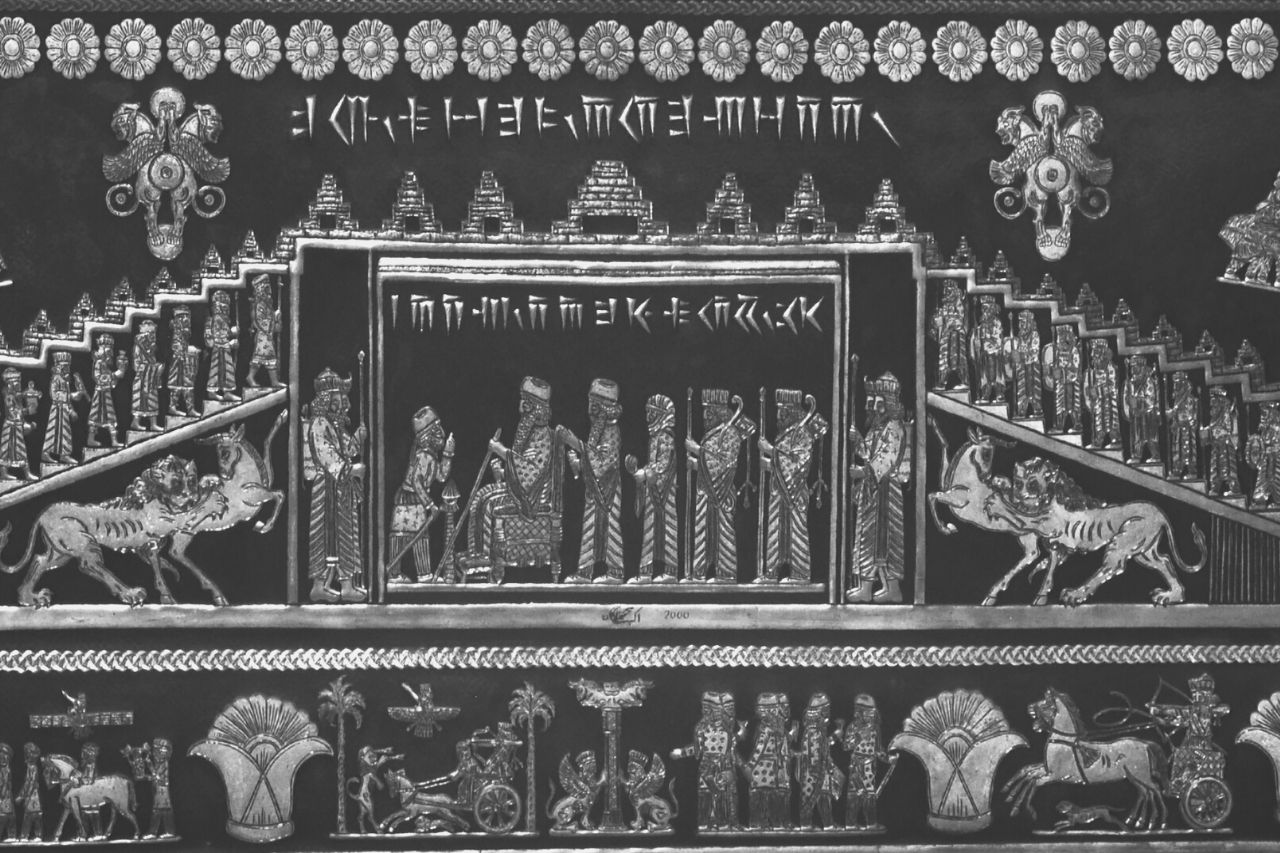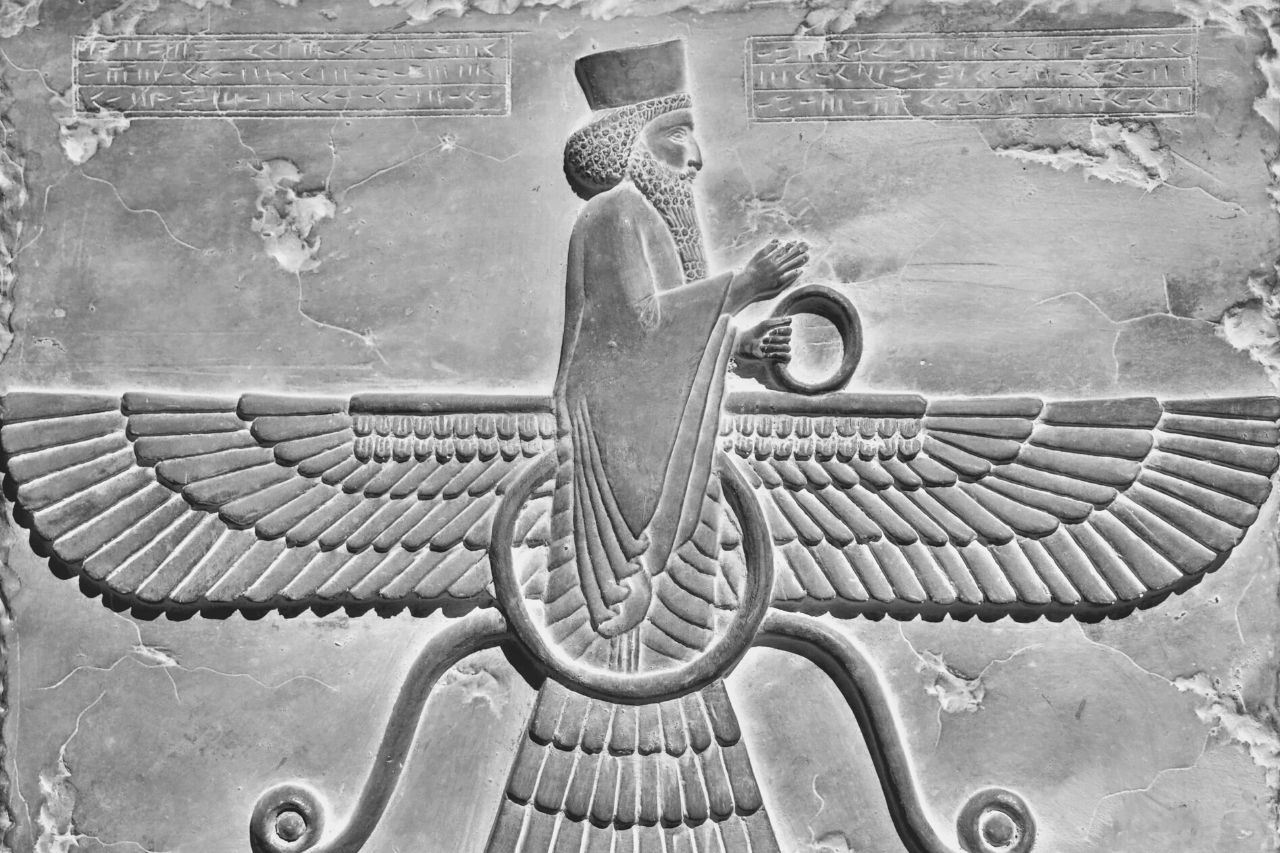Ancient Persian Clothing: A Story of Bright Colours and Ornaments
Ancient Persian clothing is one of the most celebrated and extravagant fashions in the history of the world. From decorated head turbans to metal cummerbunds, Persian fashion had everything.
Here we dive into the ancient world of illustrious clothing made for Persian royalty, military, and everyday living.
Persian Men's Clothing
Persia is the name given to a series of dynasties that ruled the area of today’s Iran from the 16th to the 20th century. Many different religions and cultures took their turns in the streets of this ancient empire. Persia was the hub of art and festivities. This empire started with the siege of Cyrus and ended with the reign of Alexander The Great.
In ancient Persia, clothing was an important social construct. It was the symbol of one man’s status and reputation. Different men from different occupations wore different articles of clothing. One thing was common among these clothing articles: layering. Ancient Persian fashion is famous for using the technique of layering in their clothes.
Layering is the technique used when different types of fabrics and items are worn on top of each other. The item on top may not serve the purpose of covering anything but solely sit in its place as an ornament.
Persian men of the highest status wore multiple layers of clothing and accessories to differentiate themselves from peasants and ordinary people. One could just count the number of layers and guess the status of the man.
Colors of Persian Men's Clothing
One important pattern that is seen throughout Persian fashion is the use of specific colors for specific men. The priests always wore white, the warriors and the military were given the color red and the pastoralists always wore blue.
The royalty, being the head of the state, wore various shiny and bright colors. The common man, however, wore light and dull-colored items of clothing only.
Items of Traditional Persian Men's Clothing
To better understand the types of different clothing worn by Persian men, we must first list the apparel items in Persian traditional clothes. Following are the items that were worn typically by a Persian:
Headgear
Overgarment
Shirt or Tunic
Trousers
Footgear
Persian fashion contained the above items of clothing. These items were decorated and styled differently by each generation. However, they all had vivid colors and a draping style, with layers of course!
Types of Ancient Persian Men's Clothing
Based on the various communities and hierarchy present in that era, the ancient Persian styles for men can be divided into 5 categories:
Court Dress
Military Costumes
Greek Style
Indian Style
Plain Dwellers
Let us look at each category in detail.
1. Court Dresses
In any ancient civilization, courts were the social gathering place of everyday men. Men showed up dressed according to their status. They sat and discussed various day-to-day problems or just simply hung out. These courts were taken much seriously when there was an important matter at hand and royalties were involved.
The royalty or the highest-ranking men wore white, red, and blue silk clothing. This was done to show their control over the three estates; religion, military, and the common people. He also wore the most extravagant headgear, studded with precious beads and diamantes. No expense was spared on the royal items of clothing.
Like headgear, overgarments were an important layer of clothing. They varied from their lengths to their styles, from their colors to their fabric. Royals or other prominent figures mostly wore long overgarments. These overgarments, on certain special occasions, had a tail. Ancient Persian clothing royalty was surely a sight to behold.
Many delegations that came to the empire, brought extravagant and fancy clothing items for the royals as a sign of gift and goodwill. Each delegation was to be dressed in their native clothing. The attendants, however, wore whatever best they could arrange.
2. Military Costumes
One of the most important and specific types of clothing was worn by the Persian military. Ancient Persian warrior clothing was always red. The color red symbolized war, vigor, and courage. By looking at the color red, you could tell from afar that the military was coming.
The ancient Persians were famously known for their metalwork. The military had unique vests made of metal. These vests had various imprints on them that gave the knowledge of one man’s rank and his purpose in the military.
Apart from the vests, headgear, and long leather footwear called Čakma, was an important item of clothing in the Persian militia. The military men had their shirts tucked in and overall presented a sophisticated look — unlike the court dress, which was made to stand out and be as boisterous as it could be.
3. Greek Style
As Persia was the hub of arts and festivities, many Greeks came to this region and never left. They formed their community in this ancient empire. They had a distinctive way of clothing: an open mantle in front and a short tunic. They mostly wore loose clothing.
4. Indian Style
Indians and Persians have a long history of friendship. The people of these two empires have long traveled to each other’s native land in search of leisure. Like the Greeks, there was a sizable Indian community in the ancient Persian lands.
The Indians wore a long kilt, with or without an open mantle. These kilts were colorful and often worn with white tunics.
5. Plain Dwellers
These were the poorest people. They bred their animals and lived with minimum wages. In most empires, these plain dwellers were not allowed to enter courtrooms or have anything luxurious. These poor people wore long gowns and cloaks that reached their knees.
These were some of the ways of ancient Persian men’s clothing. Now we look at the way the women dressed in this ancient civilization.
Persian Women's Clothing
By the court of law, women were ordered to wear clothes that covered their bodies fully. Even though they did not cover their faces, they covered their necks and everything south of it. Every woman wore long draping dresses that were not too tight or too loose. Some of them wore metal strips to give a shape to their bodies.
The fabric used to make clothes for women was mostly sheer like chiffon. So wearing many layers gave them a completely covered opaque look. An interesting development here is that the type of clothing on a woman symbolized her purity in society.
Women’s clothes were much more colorful and decorated than men’s clothing. Different laces, fabrics, and styles of sleeves and tunics were used. Persia was famous for its hand-woven and embroidered women’s clothing. Most of these clothes were made at home by Persian women as most of them were not allowed to leave their homes.
Women wore Čašmāvīz, a black mesh covering for the face that allowed them to see while still covering their face. A Čārqad was a pointed scarf worn on the head to cover the hair. The most common item of clothing for women was surely the Borqa, which covered their bodies fully.
Paintings, Relics, and Scriptures That Show Persian Fashion
All that we know about the way this ancient civilization dressed is through paintings, relics, and written scriptures. Many of these items were found at the archaeological sites in Persia. These items give us a notion of how men used to dress in ancient Persian times.
Unfortunately, not much detailed knowledge is present on the ways that the Persian women dressed. One reason for that is due to religious reasons: Women were not allowed to be painted. So we do not have any visual aid for their clothing styles. The only knowledge we have about women’s dressing is through the old relics found on sites.
What Happened to Persian Fashion?
Persia, now known as Iran, has come a long way from its heritage and culture in the 16th century. Men who used to cover themselves in long, draping, colorful, decorated clothes have now resorted to more subtle and less vibrant clothing.
Iran is now a Muslim majority country, with most Muslims belonging to the Shia sect. They wear the color black, mostly to symbolize their religious pain and suffering. Most women cover themselves in long black sheets that cover everything except, sometimes, their face.
No civilization can indeed maintain their cultures and heritage. That is how we evolve, but Ancient Persian fashions were maybe something to be kept alive. Many ancient clothing items, however, are on display in galleries and museums.
Conclusion
We can conclude this journey on the following facts:
Ancient Persian men and women royalties had an extravagant way of clothing.
Ancient Persian Military wore Red with intricate metal plates.
Ancient Persian paintings and scriptures are the sources of knowledge for ancient Persian dress wear.
Very little information is present on women’s dresses.
Ancient Persian clothing was a symbol of status and wealth.
The poor people wore only loose rags and were not allowed to wear colorful clothing.
What do you think about Ancient Persian clothing? Is there still something that we can learn from the Persians’ sense of fashion?














